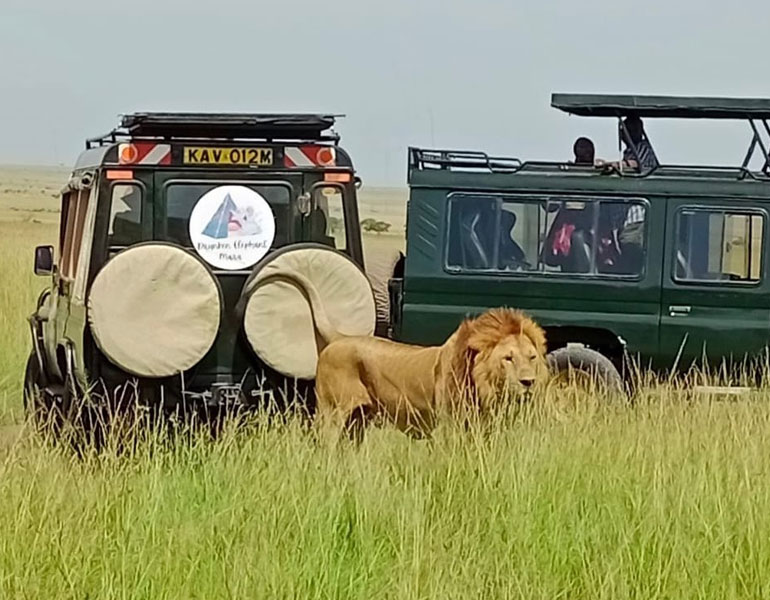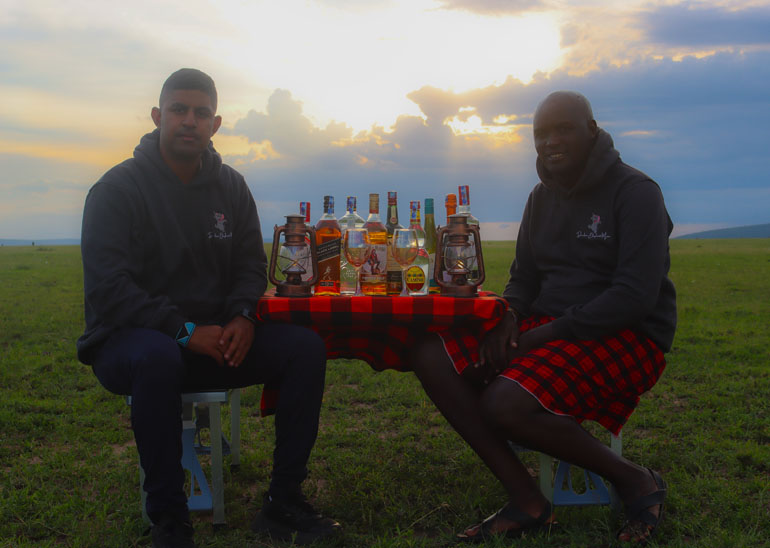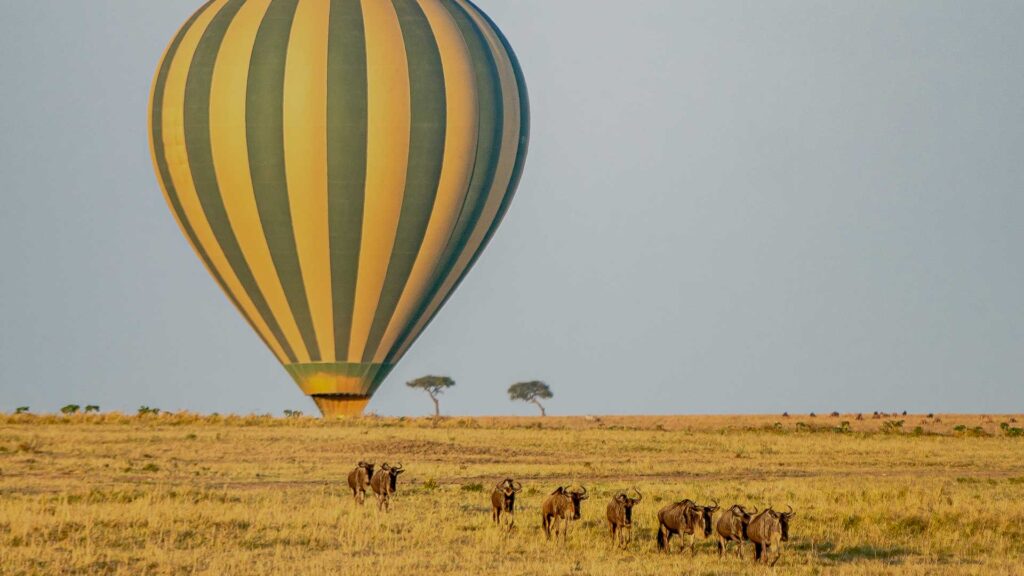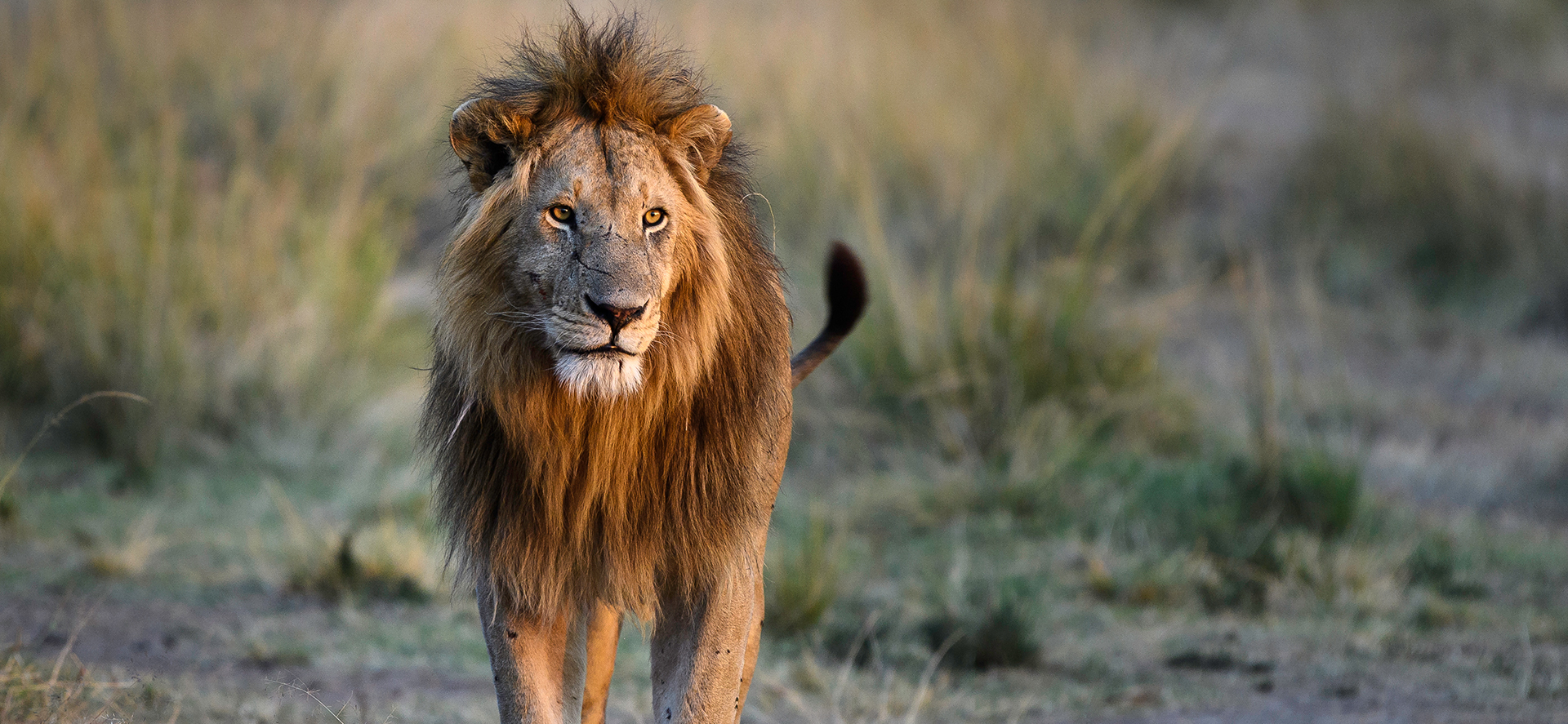
Are you a nature, wildlife lover & photography enthusiast and wish to explore something exclusive? The Masai Mara in Kenya could be the most amazing travel destination for your travel needs. It is a rare jewel where you come across an incredible diversity of flora and fauna species. Here you will find the “Big Five”—the elephant, rhinoceros, lion, leopard, and Cape buffalo—in their native environment. Apart from that, it is home to more than 95 species of mammals and 570 known bird species that cannot be found anywhere else. However, certain areas within the reserve are restricted areas for tourism.
Why Are Some Areas Termed As Restricted Zones in Masai Mara?
The Masai Mara has designated restricted zones for several reasons. Some areas serve as breeding grounds for endangered species and necessitate minimal human interference. The restricted zones are protected for conservation, wildlife safety, and environmental preservation. The sensitive ecosystems, including the wetlands and fragile grasslands, are protected from extreme tourism. The designated wildlife pathways are restricted as they allow animals to migrate between habitats without human interference. They are decisive for preserving ecological balance and genetic diversity.

Some conservancies are privately managed and have limited access to protect wildlife and support sustainable tourism. Some areas have dangerous terrain or high predator activity that is not suitable for general tourism. Several conservation efforts are made to preserve the stability between tourism and wildlife preservation. Are you eager to explore several restricted zones in Masai Mara? There are ways to explore the areas while respecting the stringent rules.
How to Access Restricted Areas
Direct access to restricted zones is limited, but there are ways to experience the beauty of such restricted zones:
1. Guided Private Safaris
Booking a private African Safari tour with Drunken Elephant Mara enables you to get access to exclusive conservancies bordering the Masai Mara. Such restricted areas in the conservancies often have restrictions, but are perfect for guided off-road game drives, night safaris, and intimate wildlife encounters.
2. Hot Air Balloon Safaris
We offer a hot air balloon safari for our safari enthusiasts. It will let you enjoy the bird’s-eye view of the areas of Masai Mara that are otherwise inaccessible by vehicle. This is a fantastic way to eyewitness the vast landscapes and wildlife without disturbing the ecosystem.

3. Special Permits & Research Tours
We have opportunities for conservationists, photographers, and researchers. We can get the special permits that allow you to enter the restricted areas. Are you interested in studying wildlife or capturing some rare pictures? Tell us about that. We will apply for the research permit through the Kenya Wildlife Service or local authorities!
4. Staying in Private Conservancies
Several private conservancies adjacent to the Masai Mara offer exclusive access to the restricted areas. Lodges in these conservancies provide luxury accommodations with guided tours. It will let you explore the regions beyond the main reserve!
Important Rules to Follow
It’s critical to respect all the traveling rules and regulations while traveling in the restricted areas in the Masai Mara! This is why we stick to designated paths during the exploration of restricted zones. With it, we will avoid damaging the environment. We suggest maintaining a safe distance from wildlife. We never approach animals too closely, and making loud sounds can disturb wildlife. Driving too fast in the restricted areas can be dangerous for wildlife and visitors. So we follow the necessary speed limit during the restricted zone safari in Kenya. We respect local communities and enter their periphery with due permission.
Are you in quest of the most memorable Kenya Vacation? Look no further! Our tailor-made safari in Kenya lets you explore the most captivating destinations and restricted areas in the park. Our guided safaris, aerial tours enable you to witness the magic of the iconic areas of Masai Mara while supporting conservation.


